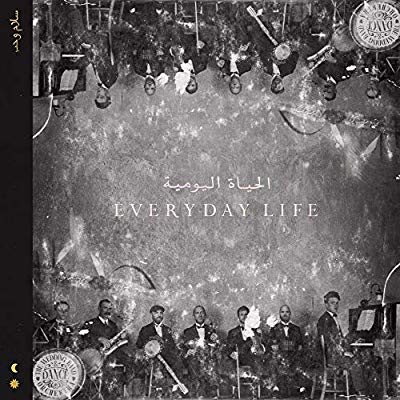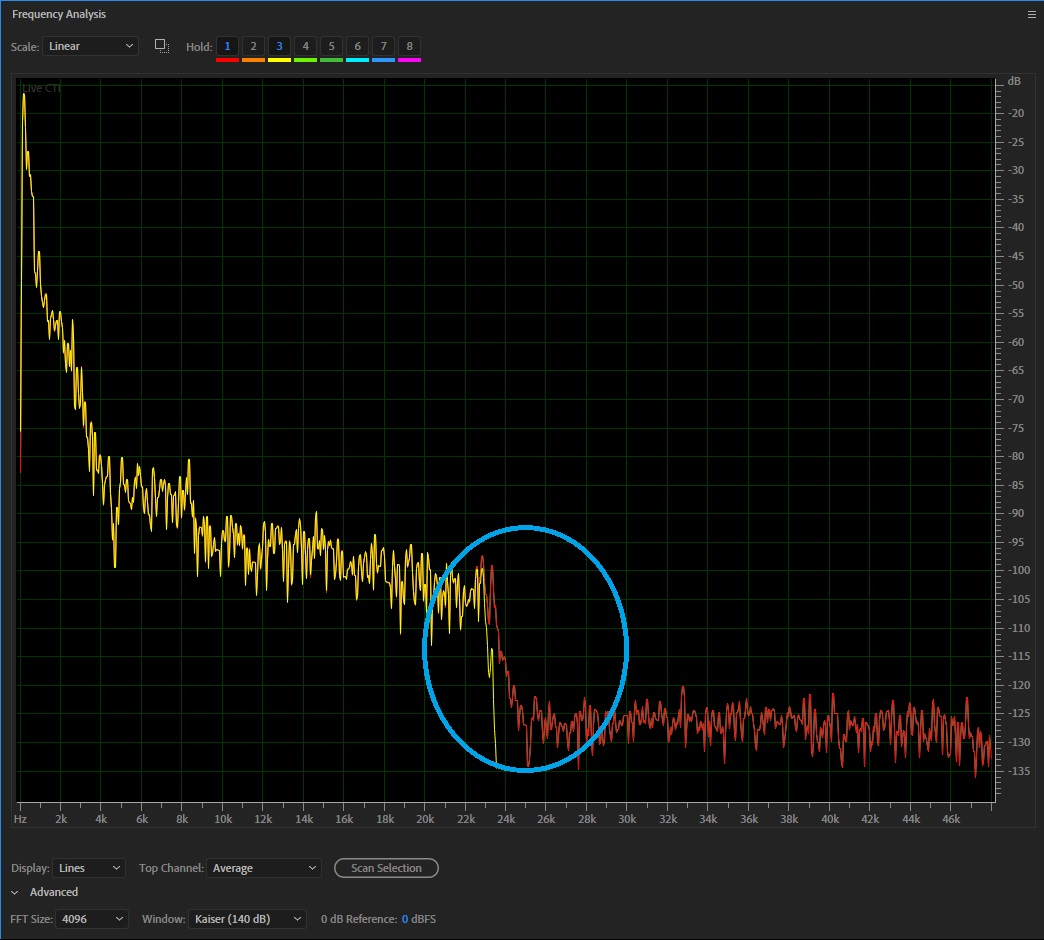Bob talks
Bob Stuart, creator of MQA, talks in detail about this revolutionary British technology that sets a new standard in capturing, delivering and reproducing digital audio.
Provenance Series: #4 Coldplay
 |
Everyday Life is the 8th studio album by British rock band Coldplay, released in MQA from the 96-kHz 24-bit Master by Atlantic/Parlophone on 22 November 2019.
Q. “Was this recording upsampled”? A. Absolutely not!
|
So far in this Provenance Series, I have highlighted three other cases where the creative work of an artist had received technical criticism based solely on a naiive interpretation of spectrum analysis of the recording. Historically such analysis was used to ‘smoke out’ egregious upsampling, but with some modern musical instruments and recording workflows, it is all too easy to reach the wrong conclusion. To actually determine genuine mis-steps such as ‘pure upsampling’ or even ‘obfuscated upsampling’, more sophisticated tools and knowledge of Provenance is needed.
There’s a deeper problem with relying on spectrum analysis as an arbiter of quality. Despite good progress in auditory research, there is still a big gap between ‘traditional’ measurements and a reliable prediction of how the human listener will react to the audio, or whether it will be perceived as high- or low-resolution. Some of the reasons for this are covered in our technical papers and, in part, relate to the smearing of both signal energy and modulation-noise in the time-domain.
The Provenance of ‘Everday Life‘ is clear. This band prefers to capture in the studio and to mix in a familiar 48-kHz environment. After mixing comes Mastering – a critical stage in developing the overall sound of the recording release. For this (and several prior releases) Coldplay used Emily Lazar (The Lodge NY) to master the release. Emily is highly respected by her peers, has several Grammy nominations and won ‘Best Engineered Album 2019’ for Colors by Beck. A recent interview describes the analog-domain mastering workflow she likes to use.
Checking back, we received confirmation that: “The album mixes were all supplied at 32-bit float/48kHz. They were then played back at their native resolution through our Digital-to-Analog converters, run through & processed on analog mastering gear and then captured at 24-bit/96kHz”‘.
Despite considerable progress in the design and implementation of digital workstations and mastering tools, there are many in the professional community who feel they can get a better sound by mastering in the analog domain and/or that digital plug-ins do not yet precisely emulate some functions such as EQ, dynamics or compression. This class of workflow is supported by the Grammy P&E Wing, particularly when the final Master is approved by the creative team (as happened here with ‘Everday Life‘). [Footnote 1]
Ideally, the step converting from an analog mastering-chain back to digital shouldn’t be followed by any processing (to avoid risky floating-point conversions). Some may question why this capture should be at 96 kHz when the mix was at 48 kHz? Again the answer is logical and straightforward. If the signal has been processed in the analog domain, it will no longer be constrained by the original (in this case 24 kHz) Nyquist limit; putting it back into a smaller box will risk information being lost.
To put this final point into perspective, the picture below shows a spectrum analysis of the Final 96/24 Master compared with the 48/24 derivative version from Album Publishing. (Note: In this workflow, subsequent post-processing is used to make lower-resolution versions for distribution such as 48/24b, CD, MFiT, AAC etc.)
The conclusion is that ‘Everday Life’ was never upsampled and the MQA file is sourced from the correct approved asset. Enjoy it on Tidal
 |
The red curve is the audio spectrum at a peak 25 seconds into track 1 of the Master 96 kHz 24b file. Consistent with a recording coming from a 48 kHz mix, the majority of the signal energy is below 24 kHz but there are low-level components up to at least 32 kHz. By contrast, the yellow curve shows a 48-kHz 24-bit download file. We can see that an apodising downsampler has been used and the circle highlights the content missing in this version (technically, downsampling is a lossy process). As usual, the spectrum tells us very little about the micro-dynamics – especially in the time-domain, but the expectation is that such downsampling blurs the result. |
[Footnote 1] From P&E guidelines on HIgh-Resolution: Outboard Hardware Processing. If new content is added at a higher resolution and then processed by high-quality full-bandwidth analog processors or digital devices that operate at hires audio specifications, there can be legitimate realization of increased audio quality.